A vision for the future of automation
The manufacturing industry is at a crossroads: Geopolitical instability is fracturing supply chains from the Suez to Shenzhen, impacting the flow of materials. Businesses are battling rising costs and inflation, coupled with a shrinking labor force, with more than half a million unfilled manufacturing jobs in the U.S. alone. And climate change is further intensifying…

The manufacturing industry is at a crossroads: Geopolitical instability is fracturing supply chains from the Suez to Shenzhen, impacting the flow of materials. Businesses are battling rising costs and inflation, coupled with a shrinking labor force, with more than half a million unfilled manufacturing jobs in the U.S. alone. And climate change is further intensifying the pressure, with more frequent extreme weather events and tightening environmental regulations forcing companies to rethink how they operate. New solutions are imperative.

Meanwhile, advanced automation, powered by the convergence of emerging and established technologies, including industrial AI, digital twins, the internet of things (IoT), and advanced robotics, promises greater resilience, flexibility, sustainability, and efficiency for industry. Individual success stories have demonstrated the transformative power of these technologies, providing examples of AI-driven predictive maintenance reducing downtime by up to 50%. Digital twin simulations can significantly reduce time to market, and bring environment dividends, too: One survey found 77% of leaders expect digital twins to reduce carbon emissions by 15% on average.

Yet, broad adoption of this advanced automation has lagged. “That’s not necessarily or just a technology gap,” says John Hart, professor of mechanical engineering and director of the Center for Advanced Production Technologies at MIT. “It relates to workforce capabilities and financial commitments and risk required.” For small and medium enterprises, and those with brownfield sites—older facilities with legacy systems— the barriers to implementation are significant.
In recent years, governments have stepped in to accelerate industrial progress. Through a revival of industrial policies, governments are incentivizing high-tech manufacturing, re-localizing critical production processes, and reducing reliance on fragile global supply chains.
All these developments converge in a key moment for manufacturing. The external pressures on the industry—met with technological progress and these new political incentives—may finally enable the shift toward advanced automation.
This content was produced by Insights, the custom content arm of MIT Technology Review. It was not written by MIT Technology Review’s editorial staff.
This content was researched, designed, and written entirely by human writers, editors, analysts, and illustrators. This includes the writing of surveys and collection of data for surveys. AI tools that may have been used were limited to secondary production processes that passed thorough human review.





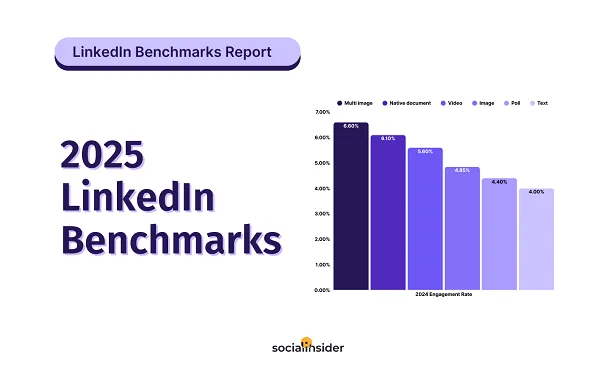
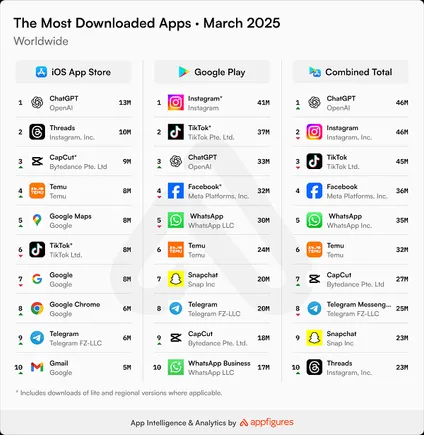























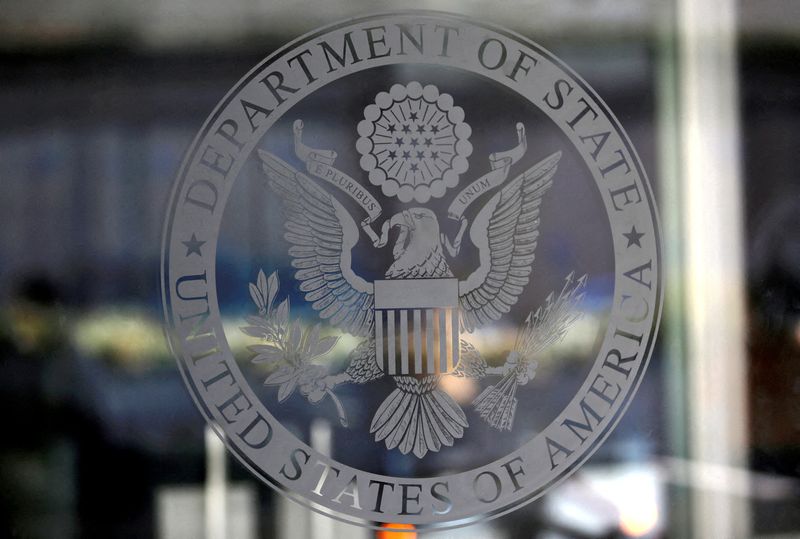









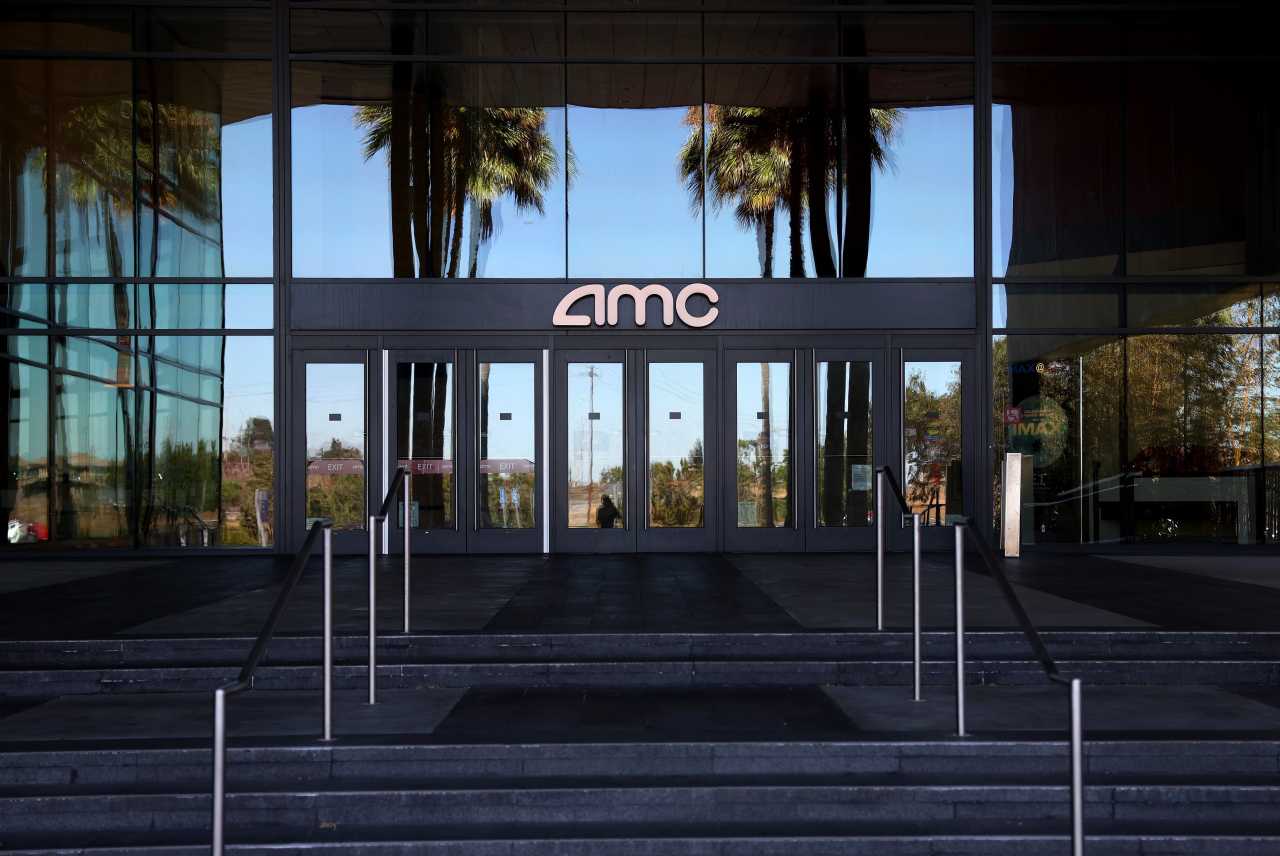
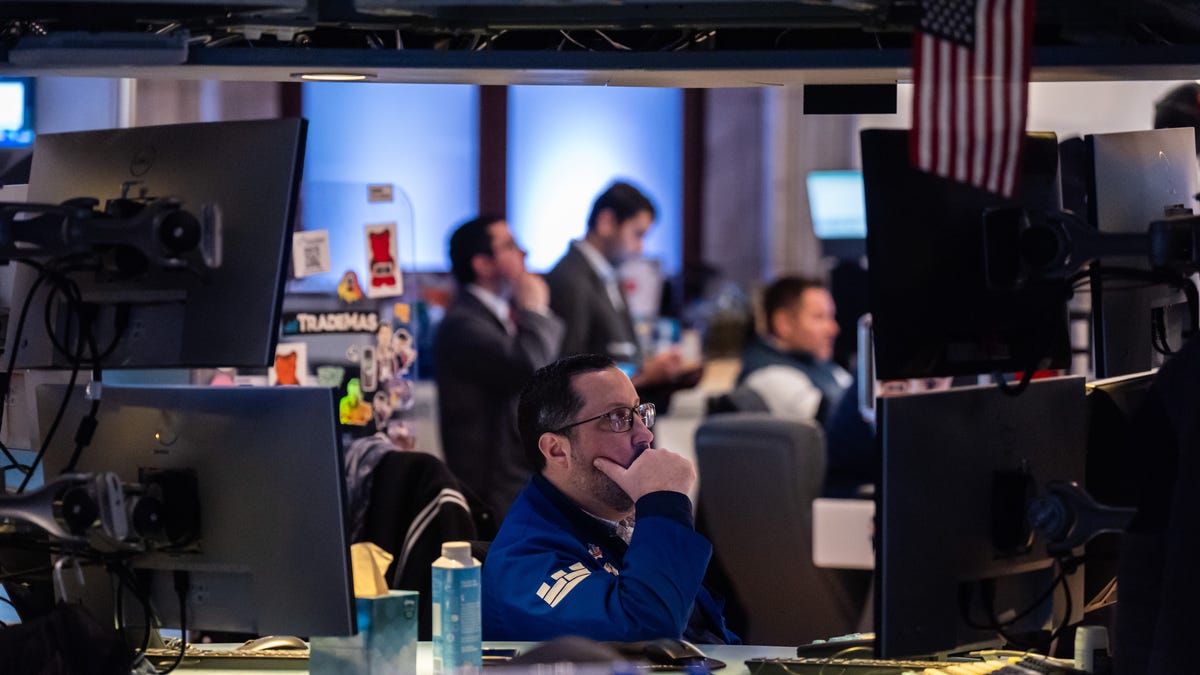




























































































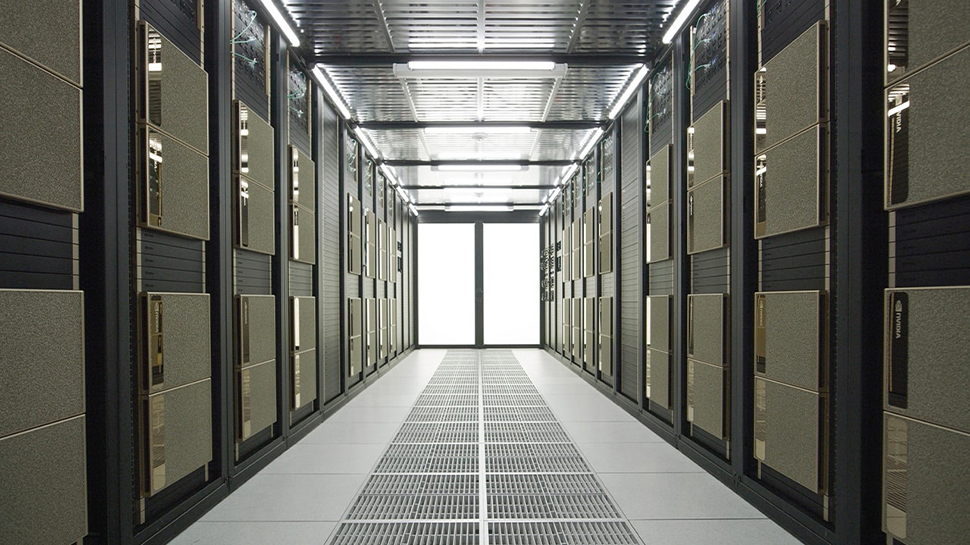










































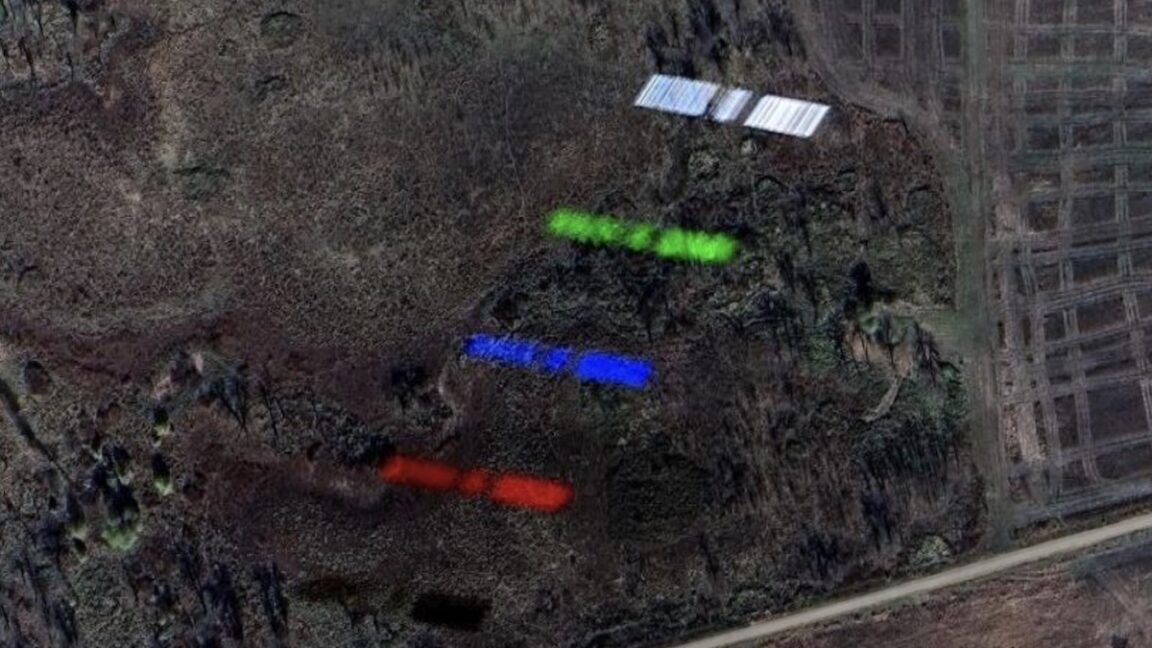

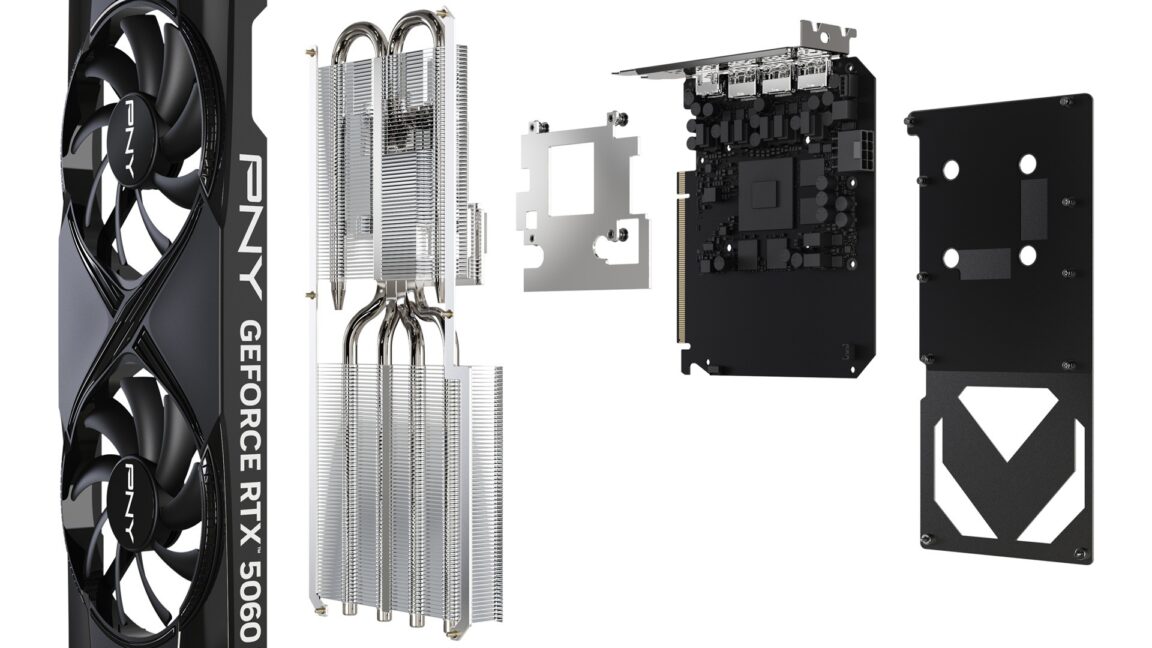





![How to Find Low-Competition Keywords with Semrush [Super Easy]](https://static.semrush.com/blog/uploads/media/73/62/7362f16fb9e460b6d58ccc09b4a048b6/how-to-find-low-competition-keywords-sm.png)



